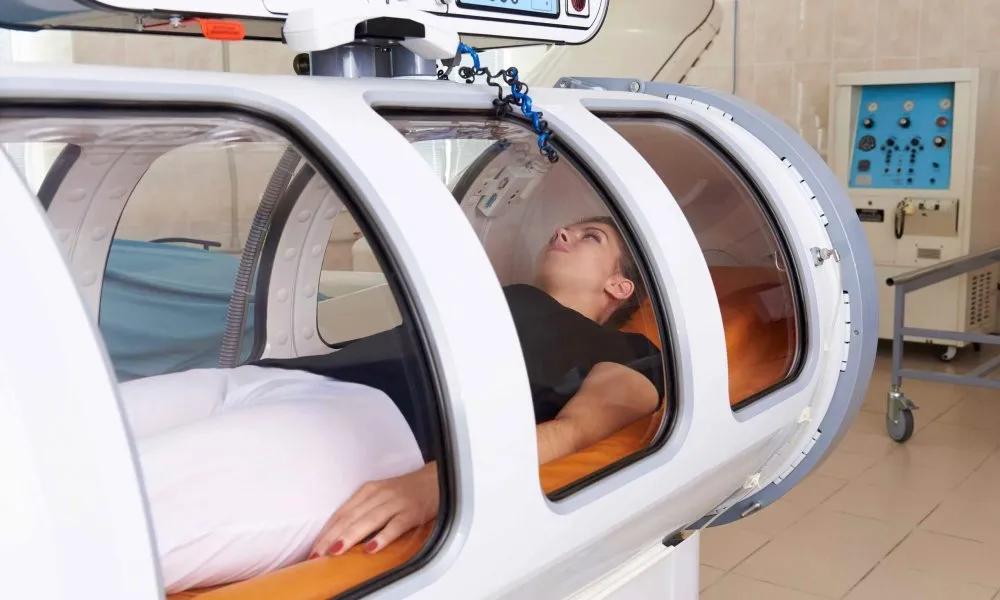Medical research over the past decade has demonstrated substantial improvements in erectile function through shockwave treatments. Multiple controlled trials document measurable increases in blood circulation among participants. These findings indicate notable advancements in intimate wellness for men experiencing ED symptoms. The innovative technology delivers consistent results without invasive procedures or extended recovery periods.
Statistical evidence
Numbers tell a compelling story about treatment effectiveness. Clinical trials report 75% positive response rates among participants receiving proper protocols. Follow-up assessments demonstrate sustained improvements extending beyond initial therapy completion. Detailed analysis reveals measurable increases in blood flow parameters throughout treatment progression.
Assessment methodology
Researchers employ standardized measurement tools to evaluate treatment outcomes. Validated questionnaires track patient-reported changes throughout the therapeutic process. Advanced imaging techniques document physiological improvements in treated tissues. This comprehensive approach ensures accurate documentation of therapeutic responses.
Tissue regeneration evidence
Microscopic examination reveals increased blood vessel density following treatment applications. Cell studies demonstrate enhanced growth factor production in response to therapeutic pulses. These biological changes explain the lasting improvements noted in clinical assessments. Scientific documentation supports the regenerative effects of properly administered therapy.
- Increased nitric oxide production stimulates healing responses
- Enhanced blood vessel formation improves circulation
- Cellular regeneration strengthens tissue structure
- Natural healing mechanisms activate after treatment
Randomized trials outcomes
Double-masked studies comparing treatment groups against control populations yield statistically significant results. Documented improvements surpass placebo effects across multiple research centres. Independent verification confirms reproducible outcomes under controlled conditions. Shockwave for ED Back Bay mirrors successful approaches validated through extensive research.
Biological responses
Scientific measurements reveal increased protein production supporting tissue health. Blood flow markers demonstrate sustained improvements following treatment completion. These biological indicators correlate with reported functional enhancements. Natural healing mechanisms show enhanced activity in treated areas.
Comparative analysis
Research comparing various ED treatments demonstrates distinct advantages of shockwave therapy. Non-invasive protocols eliminate risks associated with surgical interventions. Natural healing responses produce sustainable improvements without ongoing medication requirements. Evidence supports this approach for appropriate candidates.
Research demographics
Studies include diverse participant groups across multiple age ranges. Varying ED severity levels show positive responses to standardized protocols. These broad-based improvements indicate wide-ranging therapeutic applications. Research continues expanding our knowledge of optimal treatment approaches.
Duration findings
Published studies track participant responses over extended periods. Results indicate lasting improvements following proper treatment completion. Regular follow-up assessments document sustained therapeutic benefits. Research supports the durability of achieved improvements.
Physiological improvements
Medical imaging reveals enhanced blood vessel networks following treatment series. Tissue responses indicate renewed cellular activity in treated areas. These structural improvements support restored natural function. Documented changes explain the mechanical basis of improved performance.
The extensive body of medical research strongly supports shockwave therapy’s effectiveness for ED treatment. Documented results demonstrate reliable improvements across multiple studies. This evidence-based approach continues gaining scientific validation through ongoing research efforts.














